Birdwatching offers a uniquely accessible gateway to the natural world that requires remarkably little to begin. While specialized equipment can enhance the experience, the essence of birdwatching lies in observation, patience, and curiosity—qualities that cost nothing. For those intrigued by the colorful visitors to their neighborhoods but deterred by the perceived expense or complexity of getting started, there’s wonderful news: meaningful birdwatching can begin immediately, using just your senses and surroundings. This guide will walk you through how to embark on a rewarding birdwatching journey with minimal investment, proving that some of life’s most enriching experiences truly are free.
Start Right Where You Are
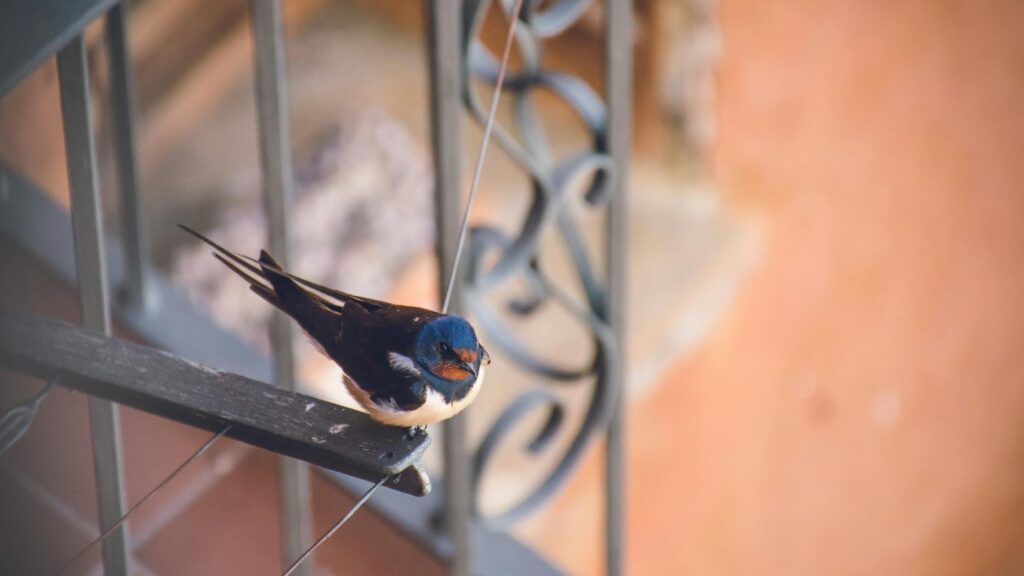
The most accessible birdwatching location is wherever you happen to be standing right now. Your yard, balcony, local park, or even the view from your apartment window can serve as your first birdwatching spot. Birds are everywhere—from urban centers to rural landscapes—adapting to human environments in fascinating ways. Begin by simply taking five minutes each day to notice the birds in your immediate surroundings. Morning and evening typically offer the most bird activity, but discoveries await at any hour. This location-based approach eliminates travel costs and equipment needs while establishing a sustainable habit that can grow with your interest.
Train Your Ears First
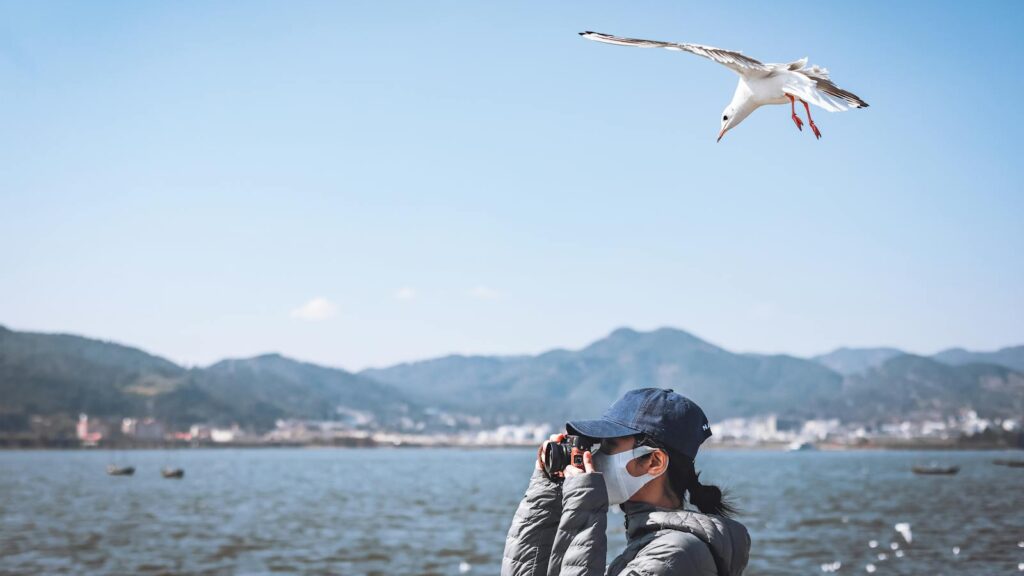
Before focusing on visual identification, tune into the soundscape around you. Bird songs and calls often alert us to a bird’s presence long before we see it. Spend time listening to the different vocalizations in your area—the melodic morning chorus, the sharp alarm calls, the rhythmic patterns that repeat throughout the day. Try to distinguish between different sounds and gradually connect them to specific birds you can see. This auditory awareness not only enhances your birdwatching experience but develops a skill that seasoned birders rely on heavily. Many birds have distinctive calls that serve as audio signatures, making identification possible even when visual confirmation isn’t.
Use Physical Features for Identification
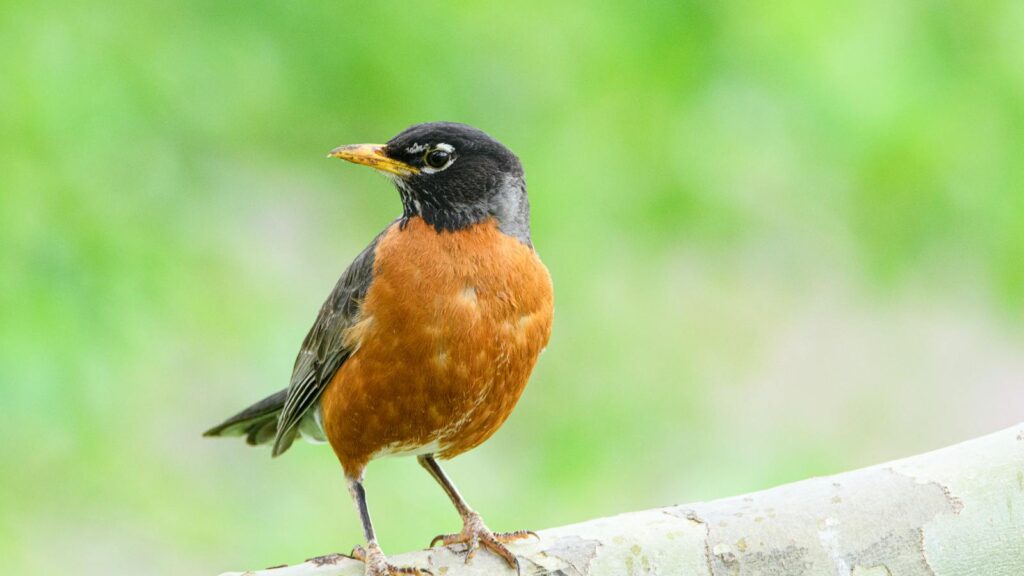
When you spot a bird, practice noting specific physical characteristics that can help with identification. Start with the basics: approximate size (comparing to familiar birds like robins or sparrows), predominant colors, distinctive markings, bill shape, and overall body structure. Notice behavioral traits too—does it hop or walk? Feed on the ground or in trees? Fly in straight lines or undulating patterns? Recording these observations mentally or in a simple notebook creates valuable reference points for later research. This observational practice builds foundational birdwatching skills that remain useful even if you eventually acquire specialized equipment.
Leverage Free Digital Resources
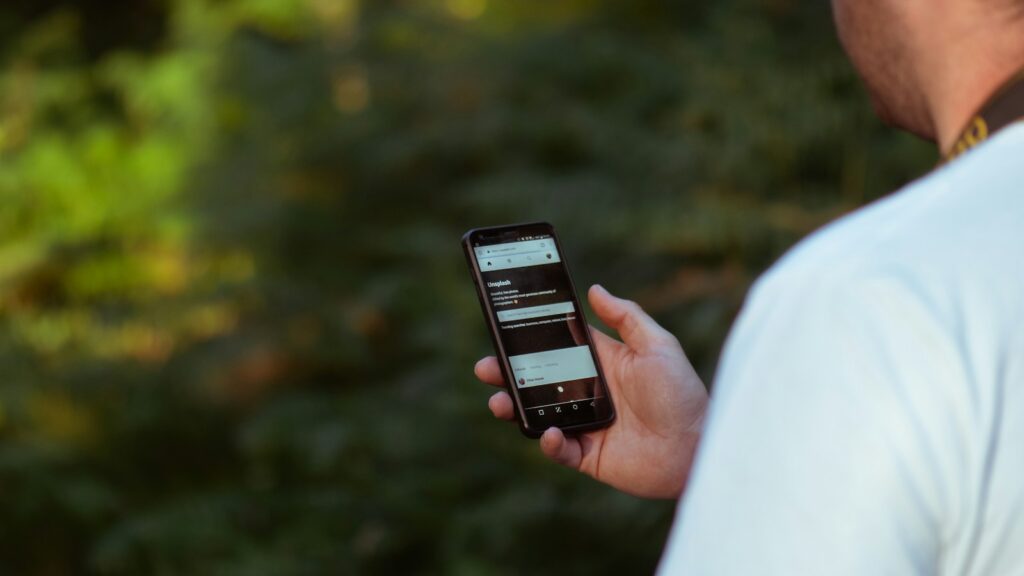
The internet has revolutionized hobby birdwatching with abundant free resources that substitute for expensive field guides. Websites like All About Birds from the Cornell Lab of Ornithology offer comprehensive databases of bird identification information, including photos, descriptions, and sound recordings. Mobile apps like Merlin Bird ID provide free identification assistance through simple questions about what you observed. Online communities on platforms like Facebook and Reddit welcome beginners and offer identification help based on descriptions or smartphone photos. These digital tools effectively democratize birdwatching knowledge that was once locked behind specialized publications and equipment.
Visit Your Local Library

Public libraries remain treasure troves for aspiring birdwatchers, offering free access to resources that would otherwise require significant investment. Most libraries stock field guides specific to regional birds, reference books on bird behavior, and sometimes even birding magazines with seasonal information. Many modern libraries also lend unexpected items beyond books—some have binocular loan programs specifically for patrons interested in birdwatching. Additionally, libraries frequently host nature-themed programs or can connect you with local birdwatching groups that welcome beginners. A library card represents one of the best zero-cost investments a beginning birdwatcher can make.
Create a Simple Bird Journal

Documentation enhances the birdwatching experience immensely, and requires nothing more elaborate than paper and pencil. Start a bird journal to record your sightings, noting the date, location, weather conditions, and your observations about the birds you encounter. Include any behaviors that catch your attention, like feeding habits, interactions with other birds, or nesting activities. Over time, this journal becomes a personalized field guide to your local birds and a record of your growing expertise. Many experienced birders look back on their early journals with fondness, seeing not just bird records but a chronicle of their own developing relationship with the natural world.
Enhance Your Window Views
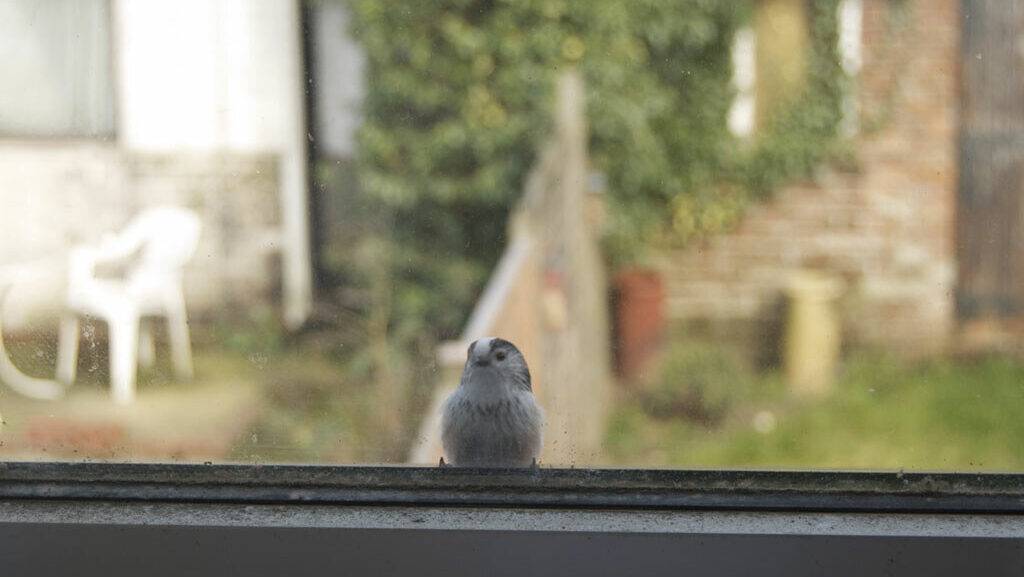
If mobility issues or weather constraints limit outdoor excursions, transform your windows into prime birdwatching stations. Position comfortable seating near windows with good visibility of trees, shrubs, or open spaces that birds might frequent. Keep windows clean for optimal viewing and consider applying bird-safe decals to prevent collisions (a serious threat to birds that also ruins birdwatching opportunities). A simple bird bath visible from your window can dramatically increase bird visitation and viewing opportunities, particularly during dry periods. Window birdwatching offers the added advantage of observing birds behaving naturally, unaware of human presence.
Attract Birds with Household Items
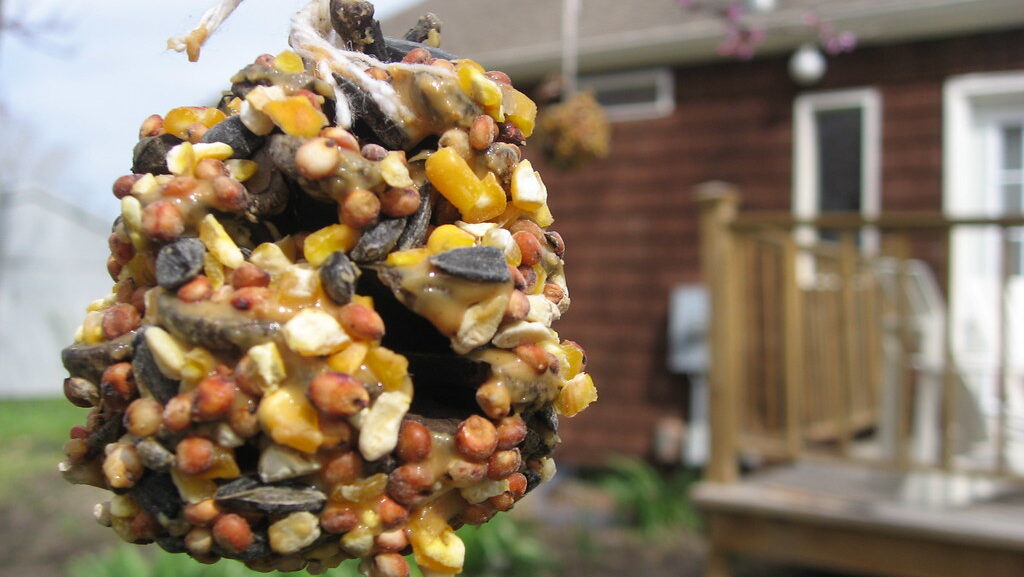
Creating bird-friendly spaces doesn’t require specialized equipment or significant expense. Repurpose common household items to attract birds for closer observation: a shallow dish can become a bird bath, an empty milk carton can transform into a simple feeder, and kitchen scraps like fruit peels or stale bread crusts can attract certain species when scattered appropriately. Even better, collect fallen pine cones, coat them with a mixture of peanut butter and cornmeal, and hang them from tree branches for an effective homemade feeder. These DIY approaches not only save money but often bring birds closer than traditional methods, as they’re drawn to these unexpected food sources.
Join Community Science Projects
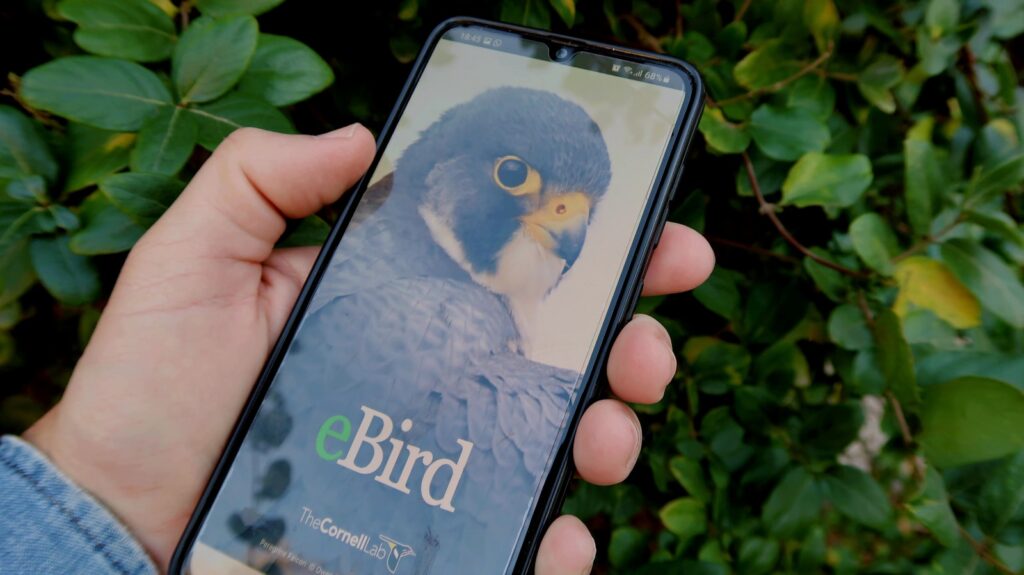
Participating in community science (sometimes called citizen science) projects adds purpose to your birdwatching while connecting you with wider scientific efforts. Programs like the Great Backyard Bird Count, Project FeederWatch, and eBird welcome observations from beginners and require no specialized equipment—just your time and attention. These initiatives use aggregated observations from thousands of participants to track bird populations, migration patterns, and conservation concerns. Contributing to these projects immediately elevates your birdwatching from casual hobby to meaningful scientific contribution. Many participants report that this sense of purpose enhances their enjoyment and commitment to regular observation.
Find Local Birdwatching Groups
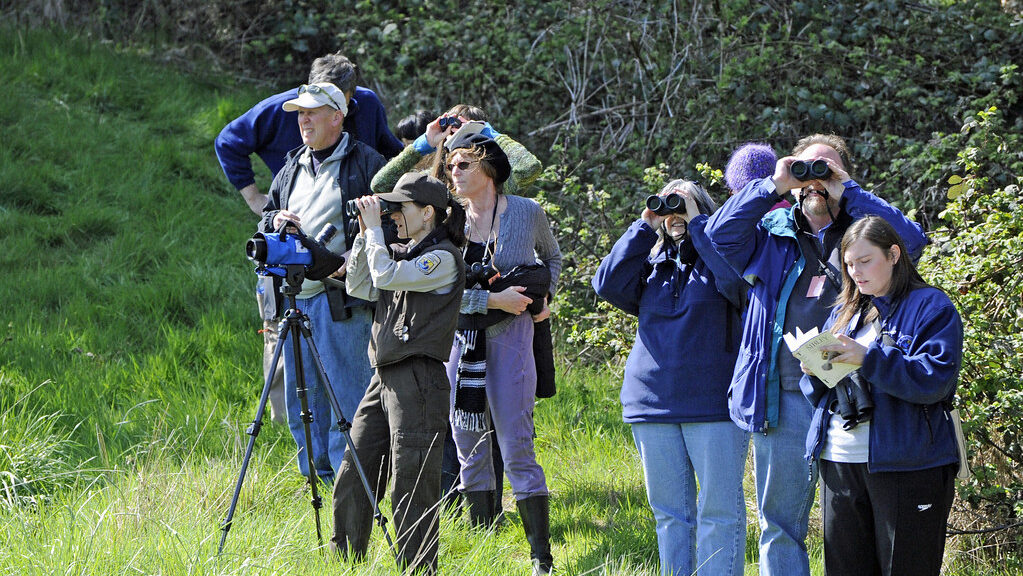
The birdwatching community is notably welcoming to newcomers and generous with knowledge sharing. Search online for local Audubon chapters, ornithological societies, or informal birdwatching groups in your area that offer free walks or meetings. These groups typically welcome participants of all experience levels and often have members willing to share views through their equipment during outings. The collective knowledge of group members substitutes for field guides, while the social experience adds dimension to the hobby. Many lifelong birdwatchers trace their serious interest to their first group outing, where witnessing others’ enthusiasm proved contagious.
Discover Urban Hotspots
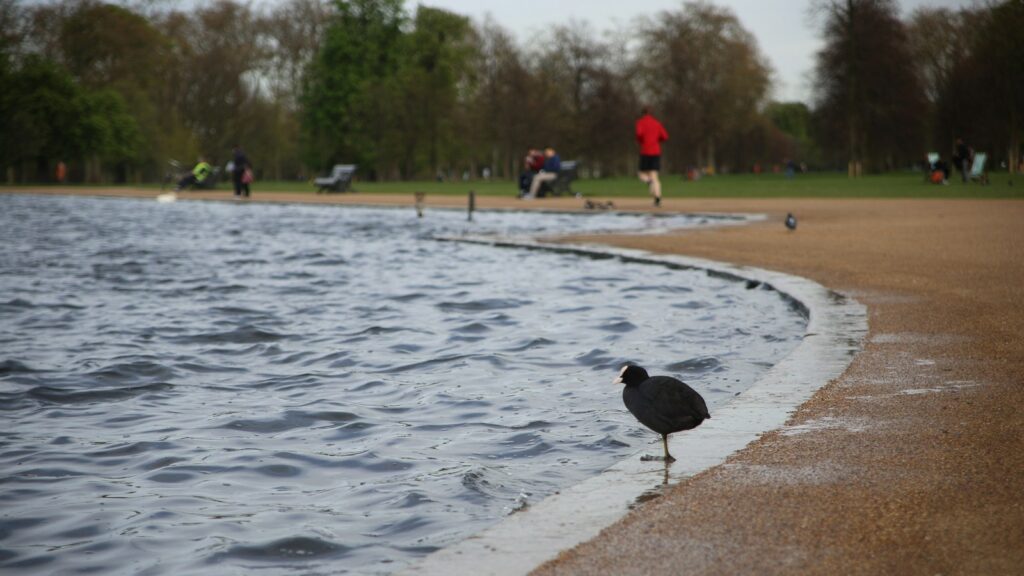
Urban environments offer surprisingly rich birdwatching opportunities that require no travel expense or specialized gear. City parks, riverside walks, community gardens, and even well-landscaped corporate campuses can host impressive bird diversity. Urban birds often show less wariness of humans, allowing closer observation without optical equipment. These accessible locations typically offer benches for comfortable viewing and are frequently on public transportation routes. Urban birdwatching also connects with interesting ecological stories about adaptation, as species adjust their behaviors to thrive alongside human activity.
Practice Slow Birdwatching

While some approaches to birdwatching emphasize quantity of species seen or rarities spotted, “slow birdwatching” focuses on depth of observation rather than breadth. This approach perfectly suits the equipment-free beginner. Choose a comfortable spot in nature and remain there quietly for an extended period—twenty minutes minimum, but longer is better. Your stillness eventually causes birds to resume normal activities, revealing behaviors rarely seen by moving observers. Notice interaction patterns, feeding techniques, territorial displays, and other natural behaviors that casual observation might miss. This immersive approach develops observation skills that remain valuable throughout your birdwatching journey and provides deeper connection to the natural world.
Embrace Seasonal Changes

Observing how bird populations change throughout the year offers fascinating insights without requiring any equipment investment. Each season brings different bird behaviors and species compositions to most locations, providing fresh experiences year-round. Spring brings breeding behaviors and migrating species, summer showcases nesting activity and fledglings, fall features different migration patterns, and winter highlights resilient resident birds and visitors from northern regions. Tracking these seasonal shifts creates a natural calendar that connects you more deeply to local ecological rhythms. This awareness of seasonal patterns provides context that enhances all future birdwatching experiences, regardless of what equipment you might eventually acquire.
Conclusion
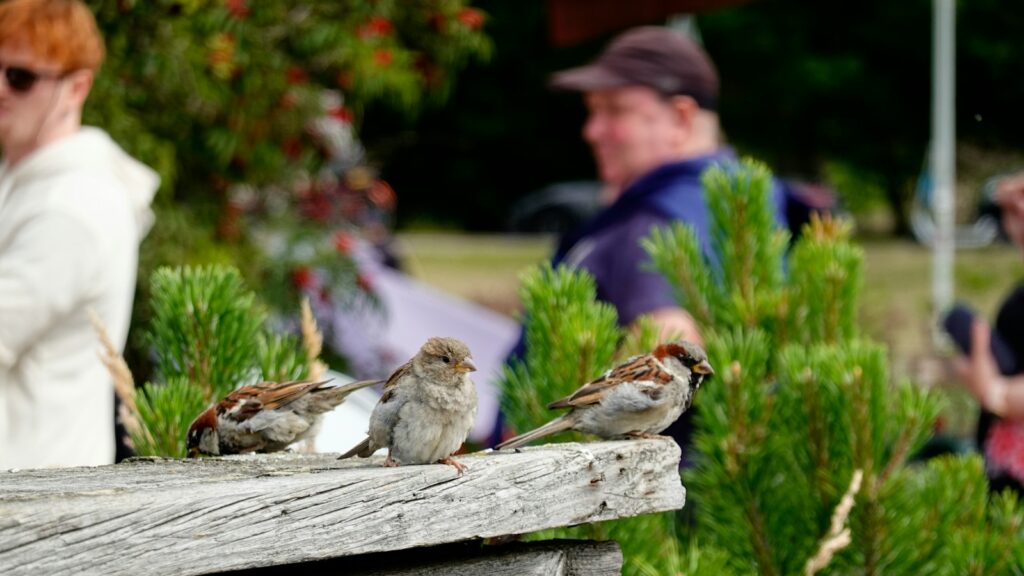
The beauty of equipment-free birdwatching lies in its emphasis on what truly matters—developing observation skills, connecting with nature, and finding joy in the everyday miracles of the avian world. While binoculars and field guides certainly enhance the experience, they’ve never been prerequisites for meaningful engagement with birds. The approaches outlined here offer multiple pathways into birdwatching that cost nothing but attention and time. Many seasoned birders with expensive equipment still practice these foundational techniques regularly, recognizing that the essence of birdwatching remains the same whether viewed through high-end optics or the naked eye—a moment of connection with the wild, free-flying creatures that share our world.
